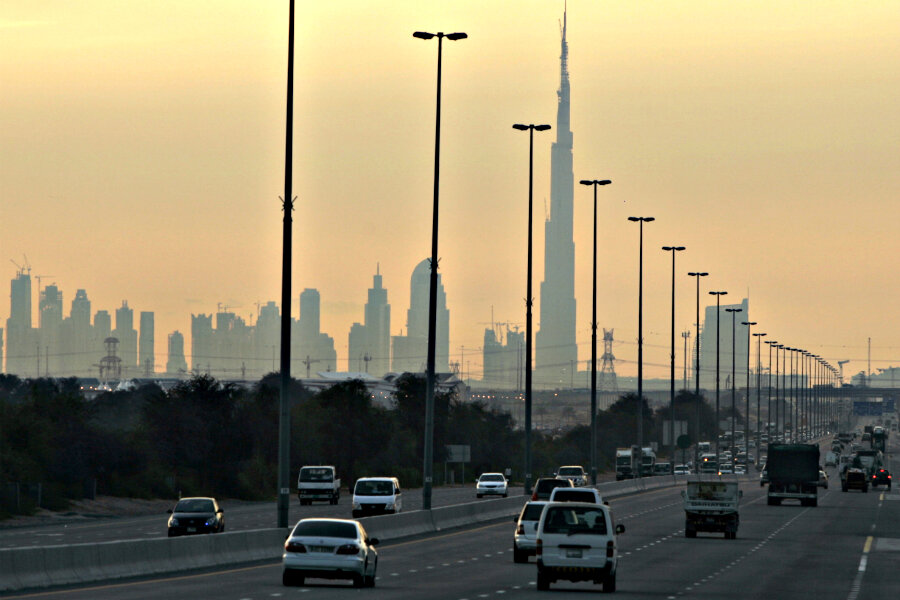Why some major cities in the Persian Gulf could become 'uninhabitable'
Loading...
Dubai is the epitome of modern urban life. Home to more than two million people, the United Arab Emirates city has been a Mecca for the global elite and development investors, where multi-billion dollar high rises are erected at a lightning-fast pace, and the shoreline is carved with artificial islands.
But, by the turn of the century, all this could be uninhabitable.
A new study shows Persian Gulf states are at risk of becoming insufferably hot to the point where human life would be unable to survive.
Published in Nature Climate Change, the study says the threshold of liveable wet-bulb temperature could be broken almost every decade. Wet-bulb temperature is a combination of air pressure, heat, and humidity, which can become fatal when surpassed 95 degrees Fahrenheit for more than six hours.
“We project using an ensemble of high-resolution regional climate model simulations that extremes of wet-bulb temperature in the region around the Arabian Gulf are likely to approach and exceed this critical threshold under the business-as-usual scenario of future greenhouse gas concentrations,” the study says.
“Our results expose a specific regional hotspot where climate change, in the absence of significant mitigation, is likely to severely impact human habitability in the future.”
Global temperatures have been on the rise since the Industrial Revolution in the 19th century, and 2015 will likely be the hottest year on record. As The Christian Science Monitor reported in August, the Iranian city of Bandar Mahshar became the hottest city in recorded history, registering at 165 degrees Fahrenheit on the heat index (the “feels like” temperature).
As Smithsonian’s Sarah Zielinski reported, Abu Dhabi and Dubai in the United Arab Emirates, Dharhran in Saudi Arabia, Doha in Qatar, and Bandar Abbas in Iran could face drastic heat waves breaking the wet-bulb threshold every 10 or 20 years by 2100.
But other cities would be greatly affected as well, even presenting dire religious implications:
Areas that don’t experience high humidity would still be at risk from high heat. In Jeddah and Mecca, Saudi Arabia, for instance, heat waves could bring temperatures exceeding 131 degrees, the researchers calculated.
If such an event coincided with the Hajj, the annual Muslim pilgrimage, the consequences could be severe. Part of the Hajj requires that pilgrims pray outdoors for hours during the day, and the extreme heat their model predicts could be especially dangerous for elderly worshippers, Eltahir said.
According to Zielinski, this could be prevented by greatly cutting down on greenhouse gas emissions and avoiding a global temperature hike of 4.3 degrees.
Ironically, Gulf states most severely impacted by climate change are contributing to the cause through the extraction of fossil fuels, which helps finance their respective governments. So how are they preparing for what could become a climate catastrophe in their own backyard?
In 2012, Al Jazeera reported that Gulf states would not even consider pledging to cut greenhouse gas emissions, though they did invest in renewable energy. And in August, Islamic religious and environmental leaders called on Gulf states to phase out the use of fossil fuels by 2050, citing a part of the Quran that reads “Do not strut arrogantly on the earth.”





